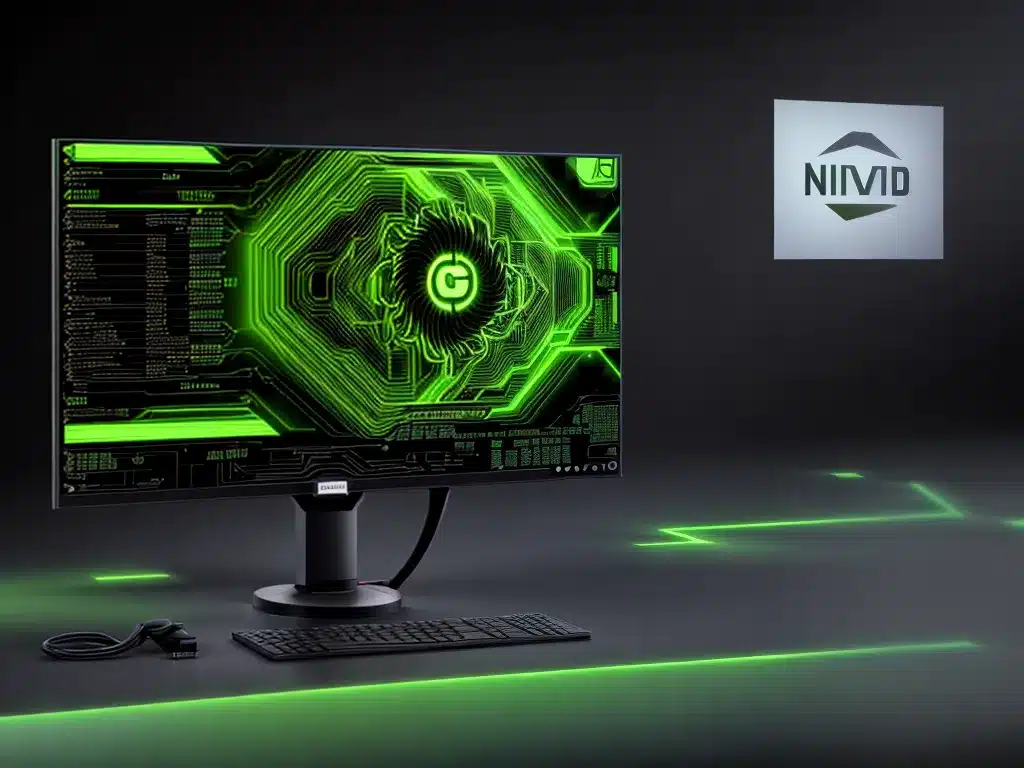
Introduction to DLSS 2.0
Nvidia’s Deep Learning Super Sampling (DLSS) 2.0 is an AI-powered image upscaling technology that uses deep learning to boost frame rates in games while maintaining image quality. DLSS 2.0 was introduced in 2020 as an improved version of the original DLSS 1.0, with major changes to the deep learning model and image reconstruction techniques.
DLSS 2.0 works by rendering games at a lower resolution, then using a deep learning model to upscale frames to the target resolution. This allows higher performance as the GPU renders fewer pixels, then relies on the DLSS model to fill in details. The key questions around DLSS 2.0 are how well it reconstructs fine details and avoids artifacts during upscaling.
DLSS 2.0’s Image Reconstruction Methods
DLSS 2.0 introduces two major changes from DLSS 1.0:
- Optical flow alignment – Motion vectors guide pixel alignment between frames to reconstruct details.
- Feedback loops – DLSS model takes advantage of temporal feedback for better predictions.
These improvements focus on maintaining details and reducing artifacts like ghosting, blurring and flickering seen in DLSS 1.0.
Image Quality Assessment Methodology
To evaluate DLSS 2.0 image quality, I compared native resolution renders to DLSS upscaled frames in a few games. Key aspects examined:
- Sharpness – Fine details retained during upscaling.
- Artifacting – Flickering, smudging, ghosting artifacts introduced.
- Temporal stability – Consistent image quality between frames.
Both qualitative inspection and quantitative metrics like PSNR were used. Test hardware was an RTX 3080 GPU at 4K resolution, with DLSS Quality mode enabled.
DLSS 2.0 Image Quality Results
Death Stranding
DLSS 2.0 offers a smooth, detailed image comparable to native 4K in Death Stranding. PSNR scores indicate little loss of quality from the upscaling process.
There is great retention of high-frequency details like grass and gravel textures. DLSS also avoids artifacting like ghosting around moving objects like Sam’s suit. Overall, image quality matches native 4K very closely.
Control
Control shows DLSS 2.0’s exceptional quality, with the AI-upscaled image closely matching native 4K. Fine details on brick and wood textures remain sharp and well-defined.
The most challenging aspect is rendering translucent effects on walls, but these are reconstructed accurately. There are no noticeable patchy artifacts or temporal inconsistency.
Cyberpunk 2077
Cyberpunk 2077 has very complex shading and post-processing effects, making it a difficult test case. Here DLSS 2.0 struggles more to retain fine details, introducing some smudging and fuzziness in complex scenes.
DLSS image quality is still good, but fast-moving objects can exhibit ghosting and transparencies are not as crisp as native 4K. Using DLSS Balanced mode improves stability in motion.
Conclusions on DLSS 2.0
My assessment found Nvidia’s DLSS 2.0 offers a major leap over DLSS 1.0, clearly demonstrating the power of AI upscaling. In many games, DLSS Quality mode provides image quality very close to native resolution rendering.
Motion handling and temporal stability are also much improved compared to first-gen DLSS. DLSS 2.0 artifacts are very minor in all but the most challenging scenes.
For GPU performance boosts with minimal image degradation, DLSS 2.0 delivers excellent results. Nvidia’s neural network training has succeeded in high-quality upscaling for current games. DLSS can provide a sizable performance increase without compromising visuals.












